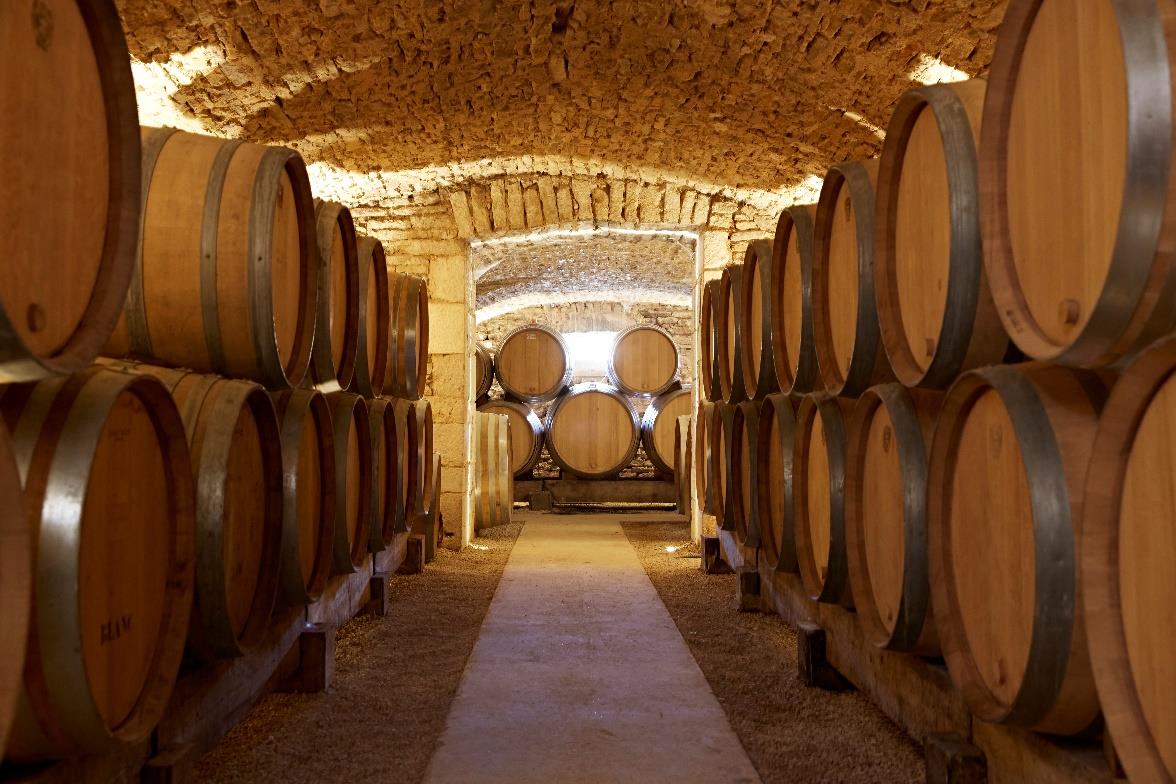Nuits-Saint-Georges 2020
Between Dijon and Beaune lies the village of Nuits-Saint-Georges, which gives its name to the Côte de Nuits, which extends over some twenty kilometers. Nuits-Saint-Georges produces mostly red wines. The appellation is also known for having been taken into space with the Apollo XV mission, which gave the name of the village to a lunar crater.
Situation géographique et terroir
Between Dijon and Beaune lies the village of Nuits-Saint-Georges, which gives its name to the Côte de Nuits, which extends over some twenty kilometers. Nuits-Saint-Georges produces mostly red wines, its terroir is divided in two by the center of the village, in the northern part, the soils come from silt with pebbles descended from the Côte and from the alluvium of the Meuzin valley; in the southern part, the silt at the bottom comes from the combe Vallerots (deep earth, marl and limestone) while at the top of the hillside, the rock is outcropped. It is in this emblematic village, the most southern of the Côte de Nuits, that the Knights of the Wine-Tasters’ Cup founded their Fraternity in 1934, before settling, after the war, in the Château du Clos Vougeot. The appellation is also known for having been taken into space with the Apollo XV mission, which gave the name of the village to a lunar crater.
Vinification
The grapes are sorted, de-stemmed and then gently conveyed into the vat on a belt, without pumping. Before fermentation, we carry out a cold maceration at 10°C for 4 to 5 days. Vatting lasts between 18 and 20 days, during which we punch down the cap daily. The wine is then put into barrels, and the malolactic fermentation is carried out in full.
Lightly toasted so-called blonde, 30% new barrels

Conseil de service

Burgundy wine for all your
moments of exception and of sharing

